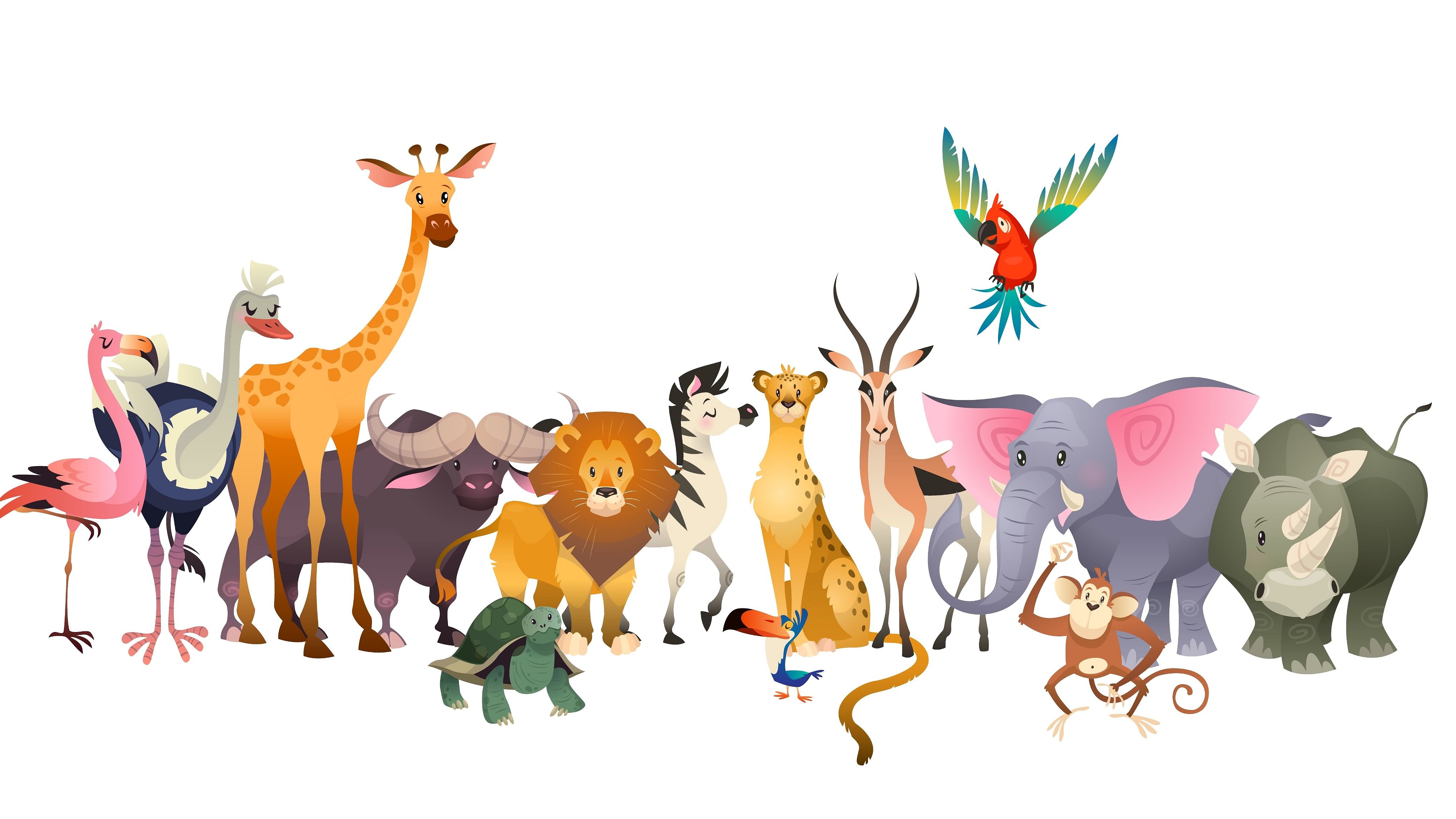
Representative image of wild animals.
Credit: Special Arrangement
On a trip to Kabini, all us tourists piled into a jeep early in the morning and drove through the forest in excited anticipation of seeing a tiger or two. The guide was experienced and was taking us to the river, sure that the morning hours were the perfect time to catch those magnificent creatures get their first drink of the day. The forest was quiet. It was as if the animals were all either sleeping or all too keen to avoid us humans. As we wound along the forest track, there was a sudden burst of chatter from the monkeys that we had so far not seen a sign of. The guide stopped the jeep. He put his finger to his lips and said, “the king is on the move”. Sure enough, a majestic tiger, huge and healthy, strolled across the path not deigning to take notice of us in our silly little jeep gaping at him. The monkeys had given notice to anyone listening that they better not be roaming the forest, or else…!
Much of the reason we humans claim superiority is because of our ability to communicate — the more effectively we communicate, the more successful we deem ourselves to be. But animals communicate too. They don’t seem to have a language but depend on their five senses to communicate – hearing (auditory), sight (visual), touch (tactile) and smell/taste (with pheromones). There are some who believe that dolphins with their whistles, chirps and clicks do have a language and considering how intelligent they are, that’s not a far-fetched idea. Mostly, we find that animals use the ’sense’ that is most strong in them to communicate.
Auditory cues like the ones the monkeys gave in my story are of course, common in birds. That song isn’t just a song! It can send out warnings, attract mates, defend territories, and coordinate groups. Wouldn’t you love to know what crickets and grasshoppers are telling each other as they merrily chirp away? Lots of insects communicate this way. A Vervet monkey even has different sounds to indicate different predators. Marine animals too use sound to communicate.
Under visual cues come gestures, postures and even facial expressions. There’s a ‘fear grin’ that a young chimpanzee gives a dominant male to indicate acceptance of the latter’s superiority. Chimpanzees raise their arms and slap the ground to indicate a threat. And we all know what it means when a wolf bares its fangs. Visual communication usually helps when the message pertains to what is happening in the moment.
So, a peacock shows off its bright feathers when it wants to attract attention. And some animals change colour to say “beware”. Bright colours are mostly helpful but can sometimes mean trouble. Bright colours and loud noises can attract a mate but also occasionally attract a predator. Large male Photinus fireflies mimic the flashes of the female firefly and when a small male approaches, it eats it up!
Let’s move on to tactile cues. Obviously, animals have to be close to each other for touch to work. Seen an animal grooming another? That’s one way of saying I’m looking out for you and signals cooperation in the group. When an elephant stomps its foot it sends out vibrations that can be felt far and wide. A honey bee goes back to the swarm after finding honey and performs a ‘waggle dance’ that the other bees cannot see in the dark, but can feel through the movement of air and this tells them where the honey is.
You’d have seen how ants faithfully follow a seemingly invisible trail and even if you’ve just wiped away one string of ants, there they come again — they’re following the pheromone that’s still there. A squashed ant releases pheromones warning other ants of danger and sometimes even inciting them to swarm and sting.
Smell is a common communication tool especially for animals that have a strong sense of smell. Dogs mark territory by urinating around an area. Sniffing is also a means of collecting information. Taste and smell share the same airways and so can often be clubbed together.
So, which of the 5 senses is most dominant in you? Which animal might you have a chance to communicate with?